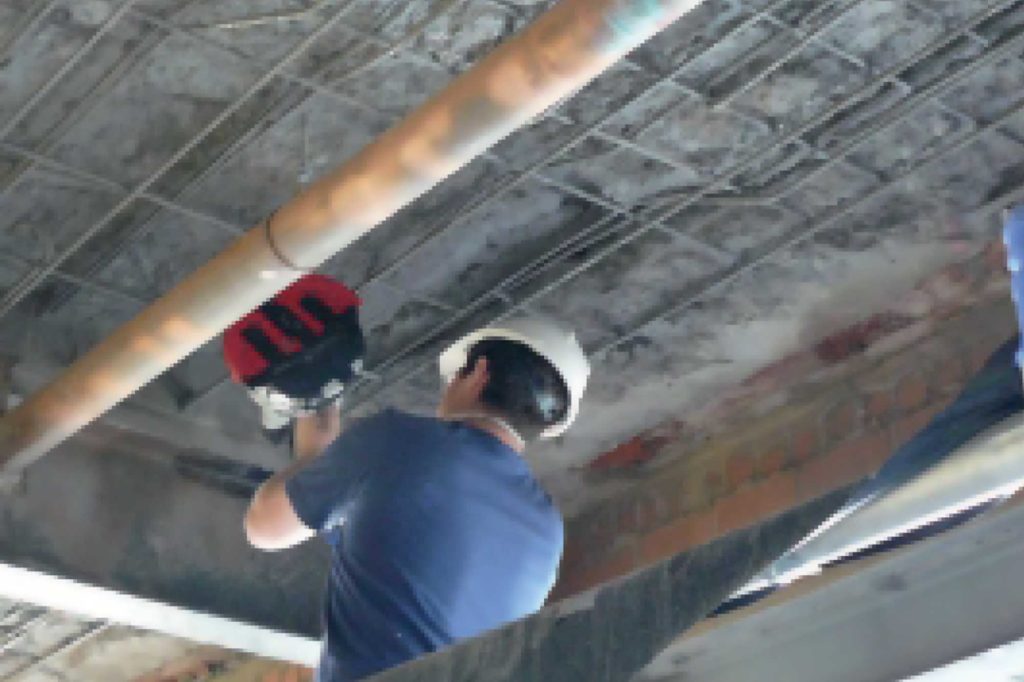PU coatings have emerged as coatings of choice for applications from industrial maintenance to automobile finishing to chemical resistant coatings.
International and national legislation aiming at reducing the emission of volatile organic compounds (VOCs) have caused significant changes in the anticorrosive coating industry. The requirement for new VOC-compliant coating technologies means that coating manufacturers can no longer rely on the extensive track record of their time-served products to convince consumers of their suitability for use. An important aspect in the development of new VOC-compliant, high-performance anticorrosive coating systems is a thorough knowledge of the components in anticorrosive coatings, their interactions, their advantages and limitations, as well as a detailed knowledge on the failure modes of anticorrosive coatings.
Regulations limiting volatile organics content (VOC) have been a major stimulus to the current intense development of high-solids technologies. A primary requirement for a protective coating is the incorporation or formation of polymeric material. If a system is formulated with finished, high molecular weight resins, the solids level must be proportioned considering the intrinsic viscosity of polymeric entities for application at ambient higher temperature. Thus, the developments of high solids coatings have pivoted around the general concept of reactive coatings.
Generally speaking, 100 per cent Solid Polyurethane Coating is an organic coating made from the cross linking reaction of Isocyanates and Polyol compounds. The two compounds chemically react to form a Polyurethane Coating. There is no by-product, other than heat from the reaction between isocyanates and polyols.
R-N=C=O + R’-OH –> R-NH-CO-O-R’ + Heat
Isocyanates Polyol Polyurethane
100 per cent Solids Polyurethane Coating can be applied at high film thicknesses of 400 – 3,000 Microns with minimal sagging, in a single coat. They cure even at sub zero temperatures due to the exothermic reaction between the Isocyanates and the Polyol.
Due to their low permeability and high chemical resistance, 100 per cent Solid Polyurethane Coatings act as a ‘barrier coating’ by blocking out moisture, oxygen and other chemicals from the surface. They have high electrical resistance to effectively block the corrosion cell on steel surfaces.
High Solids Polyurethanes (PU) have found extensive applications in the coatings industry mainly because they exhibit excellent abrasion resistance, toughness, low temperature flexibility, chemical and corrosion resistance, and a wide range of mechanical strength. Because of these characteristics, PU coatings have emerged as coatings of choice for applications from industrial maintenance to automobile finishing to chemical resistant coatings.
Two-component polyurethane (2K-PU) systems are especially attractive since they offer flexibility in formulation, which enables one to customize according to demanding enduse requirements.
Polyols are the major components of PU coating systems and are often designed to suit the performance requirements of the intended applications. Among the common commercially available polyols for 2K-PU systems are hydroxyl-functional polyesters, hydroxyl-functional acrylics, and polyether polyols.
Polyesters and acrylics produce very tough polyurethane films under proper curing conditions and are among the most widely used polyols for high performance coatings. Polyether polyols are generally used in highly flexible systems such as sealants and other non coating applications.
STP offers a range of high solid content product with zero or very low VOC.
Formulations are available in both PU and epoxy forms.
For more details, visit www.stpltd.com
Authored by:
Amitabh Sengupta,
Regional Head- South India,
STP Limited
Cookie Consent
We use cookies to personalize your experience. By continuing to visit this website you agree to our Terms & Conditions, Privacy Policy and Cookie Policy.

















